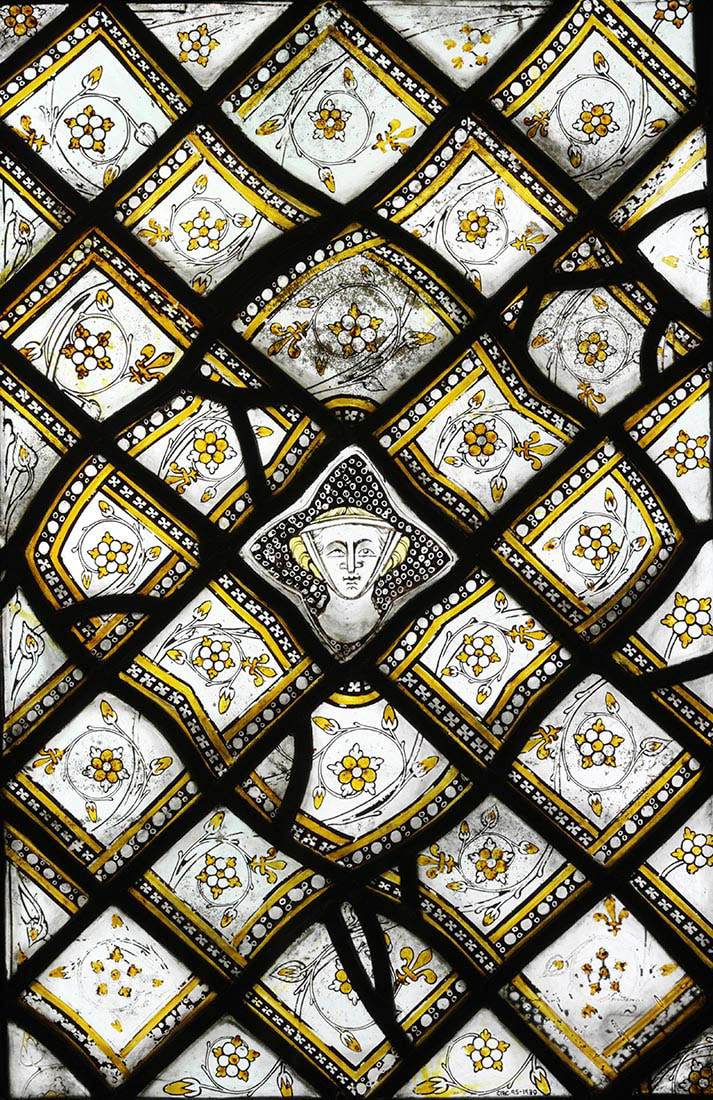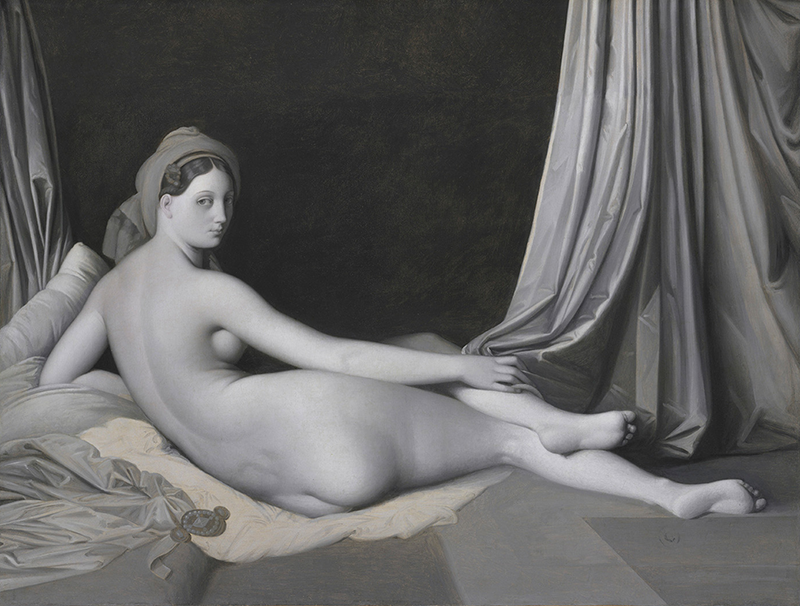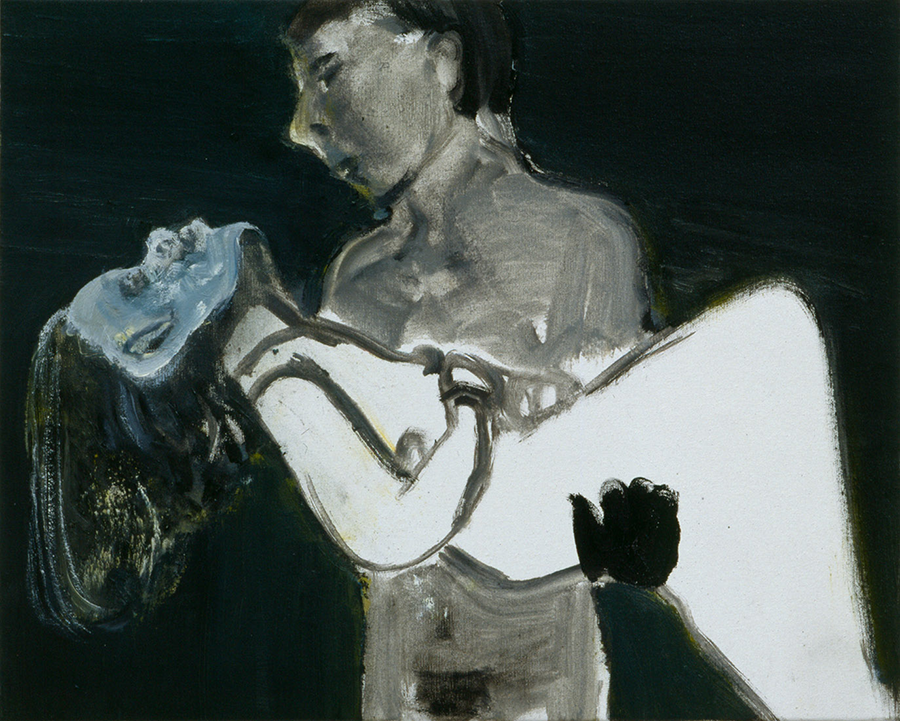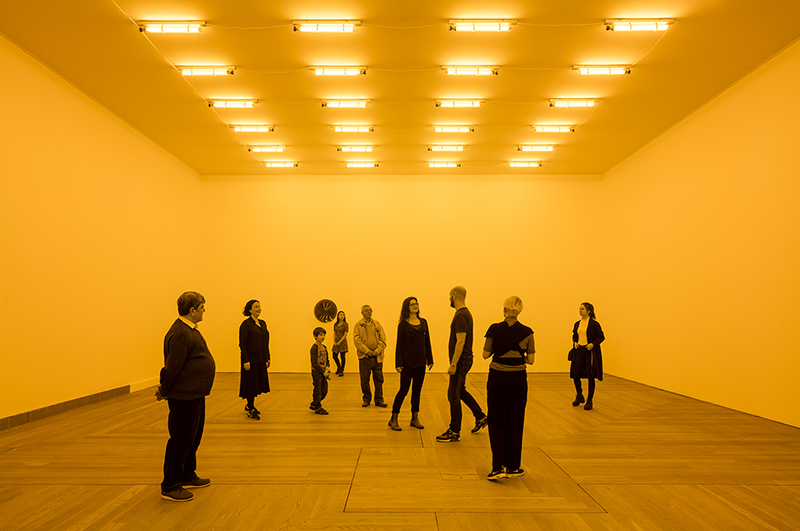|
I produced an oil painting in black and white of a still life. It worked very well and this got me interested in black and white paintings and so I thought I better find out more about it. Fortunately from me the Monochrome exhibition was on, so along I went. It is only on until 18th February 2018 so you don't have much time. I am sorry to say that with a few exceptions I found it quite dull. The mainstay of the exhibition is what is called Grasaille, (grey scale basically) which is a technique for rendering objects in black, gray and white so that they appear like sculpture (as above). It is all very impressive but I find it dull, it lacks humanity and leaves me flat. Fortunately there were a few more interesting pieces which kept my attention and they are all pieces that do something different or more than that. Moreau is first up with the charming subject of Diomedes devoured by his horses, an odd and disturbing piece. This is effectively a black and white sketch for a later coloured piece. It has an intriguing almost pixelated quality which gives an extra horrific sense and a real feeling of motion. Exhibitions like this are good for two things, exposing you to new things (like Moreau) but also coming across old favourites such as Giacometti, with one his odd scratchy gray paintings of Annette seated, looking very like the robot from Metropolis. A moody piece all about the quality of being human, at least I think so. Ingres presents us with a black and white version of Oddisque, which like its coloured equivalent is all about the base (above). More is shown presumably on the basis that you can get away with it in black and white. It does have a sensous quality but it is all about sex, even more so than the coloured original. Picasso did these mad versions of les Meninas, several of which where in the portrait show that the National Portrait Gallery put on last year. It was nice therefore to see a new one, this spikey angular version of the Infanta from that picture, looking like a mad monochrome clown. Cariere, another name I was unfamiliar with was represented by a piece called Maternity. There is a mother and child in classic Christ and Mary type arrangement (although the child is older) but their faces and the whole piece are obscured as though out of focus or like they are in an intense fog. Like a sort of early Richter, who appears later also. Black and White paintings can be interesting when there is a lot going on, particularly when they are slightly mad, and there is a Van Eyke piece of some Saint or other that hits this perfectly. She is sitting in the foreground looking weird and off while behind her what looks very much like the entrance of Notre Dame, in construction with various people scurrying around. I like that. Near at the other end of the complexity you have Durer with a head of a woman (above). She has her hair tyed back but what is particularly interesting to me, is she has her eye shut. It is all rendered it this dark shiny gray, a sort of deific like quality. One of the thing that black and white can do is cause you to look more calmly and in more detail. This is what Bailly exploits with a picture of a girl looking out the window. The girl is of course young and pretty and looks at you with an intriguing but pure expression, so far so standard, but there is something about the setting and the inclusion of things like telescopes and a wonderful depiction of fish in a fish bowl where the water seems to glow with a soft light, which make it an intriguing piece. I have to say though I found the more modern pieces the more interesting. Another new encounter was Marlene Dumus, although her painting has the rather pretentious name of Image as Burden (above). It has a very Peter Doig like quality (someone who I very much like). It is a man carrying a woman and the body of the woman is just bare white canvas which works very well. Jasper Johns was there, as was Josef Albers with a series of concentric squares, gray on gray on black in a very hypnotic fashion. It is the kind of piece you can get lost in. Frank Still’s piece caller Tomlinson Court Park 1 has a similar quality and is like a black and gray version of an Agnes Martin piece, a black background with a series of concentric gray square lines leading inwards. They all site Malevich as an influence and his black square is displayed in the same room as the other two. I looked at this for quite a while and I am convinced that it is not in fact a square, that the top right corner is lower than the left. This is not an artefact that appears in any of the photos I have seen, which is interesting. The final room, is the piece itself, it is by Olgar Elgison. What he has done is flooded the room with this weird yellow polarised light. This makes your eyes hurt but it has the effect of suppressing all the colour wave lengths in light. This means you see yourself in black and white, in grayscale. It is deeply unnerving experience.
And writing this blog has been interesting because you see at the top I called it dull but I have written more than I usually do and I have I think taken away quite allot from the experience. Anyway it is on until 18th February 2018.
0 Comments
Leave a Reply. |
Archives
June 2024
Categories |






 RSS Feed
RSS Feed